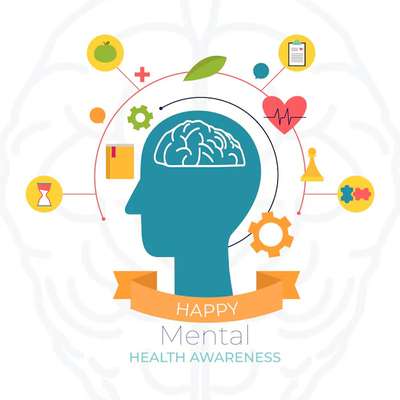The Role of Personal Connections in Mental Health
Introduction
Personal connections play a fundamental role in shaping our mental health. As social beings, our relationships with family, friends, and the broader community provide emotional support, reduce stress, and foster a sense of belonging. In this blog, OOt Social Health will dive into how personal connections influence mental health, the benefits of strong social ties, and strategies to nurture these relationships for improved well-being.
The Influence of Personal Connections on Mental Health
Our mental health is profoundly impacted by the quality and quantity of our personal relationships. Positive, supportive connections can provide a buffer against stress, reduce the risk of mental health disorders, and promote overall emotional resilience. Conversely, social isolation and loneliness can have detrimental effects, leading to increased anxiety, depression, and other mental health issues.
The Benefits of Strong Personal Connections
- Emotional Support : Having people to turn to during times of stress or crisis provides emotional comfort and reassurance. This support system can help mitigate the impact of adverse experiences and promote quicker recovery from emotional setbacks.
- Sense of Belonging : Being part of a social network gives individuals a sense of belonging and purpose. Knowing that one is valued and cared for by others fosters self-esteem and a positive outlook on life.
- Reduced Stress Levels : Regular social interactions can reduce the levels of stress hormones in the body, such as cortisol. Engaging in meaningful conversations and activities with loved ones can significantly lower stress and promote relaxation.
- Increased Longevity : Research has shown that strong social ties are associated with longer life expectancy. People with robust social networks tend to engage in healthier behaviours and have better access to social and medical support.

Strategies to Nurture Personal Connections for Mental Health
- Prioritize Face-to-Face Interactions : Whenever possible, make time for in-person meetings. Physical presence allows for deeper connections and richer communication, which are crucial for emotional bonding.
- Engage in Shared Activities : Participating in activities that both you and your friends or family enjoy can strengthen your bonds. Whether it’s a hobby, sport, or volunteer work, shared experiences create lasting memories and deeper connections.
- Be Present and Attentive : During interactions, focus on being present. Put away digital devices and actively listen to what others are saying. Showing genuine interest in their lives fosters stronger relationships.
- Express Appreciation : Regularly acknowledge and appreciate the people in your life. Small acts of kindness and expressions of gratitude can strengthen your relationships and make others feel valued.
- Offer Support : Be there for your loved ones in times of need. Offering a listening ear or helping hand can solidify your connections and provide crucial emotional support to those around you.
- Join Community Groups : Engaging with community organizations or groups that align with your interests can help you meet new people and expand your social network. These groups provide a sense of community and belonging.
The Role of Technology in Maintaining Connections for Mental Health
While face-to-face interactions are ideal, technology can play a supportive role in maintaining personal connections, especially when physical meetings are not possible. Here’s how to use technology mindfully:
- Video Calls : Platforms like Zoom or Skype allow for visual and auditory interaction, making conversations more personal and engaging.
- Social Media : Use social media to stay updated on friends and family’s lives, share positive news, and celebrate achievements. Avoid negative interactions and focus on building positive connections.
- Digital Boundaries : Set boundaries for digital communication to ensure it complements rather than replaces in-person interactions. Schedule regular check-ins and avoid excessive screen time that can lead to digital fatigue.
Conclusion
Personal connections are a cornerstone of mental health and well-being. By nurturing these relationships, we can create a supportive network that helps us navigate life’s challenges and celebrate its joys. Prioritizing face-to-face interactions, engaging in shared activities, and leveraging technology mindfully can enhance our social bonds and promote mental health. In a world that often feels increasingly disconnected, fostering meaningful personal connections is more important than ever.
Call to Action
- Make time for face-to-face interactions to deepen your personal connections.
- Engage in activities that you and your loved ones enjoy together.
- Show appreciation and be present during your interactions.
- Use technology to maintain connections, but set digital boundaries to prevent it from replacing in-person interactions.
Key Takeaways
- Personal connections significantly impact mental health by providing emotional support, reducing stress, and fostering a sense of belonging.
- Strong social ties are associated with better mental health outcomes and increased longevity.
- Prioritizing face-to-face interactions, being present, and engaging in shared activities can nurture and strengthen personal relationships.
- Technology can support maintaining connections but should complement rather than replace in-person interactions.
By valuing and nurturing our personal connections, we can enhance our mental health and create a more connected and compassionate world.
The post The Role of Personal Connections in Mental Health appeared first on OOt Social Health .
Full content in OOt





